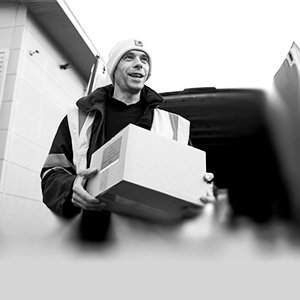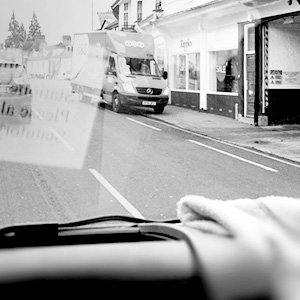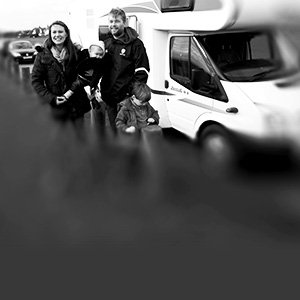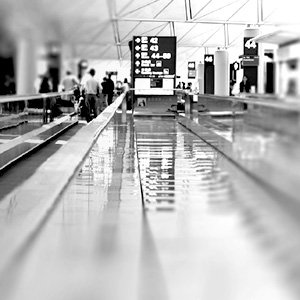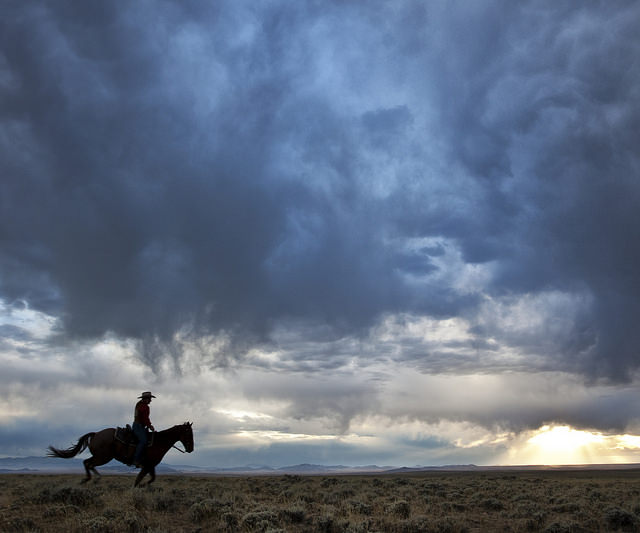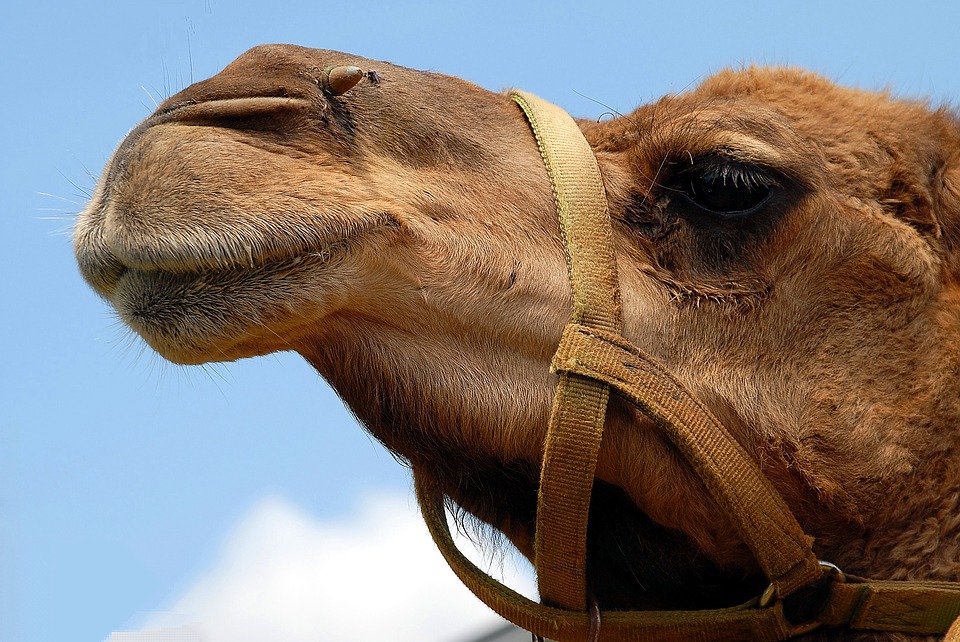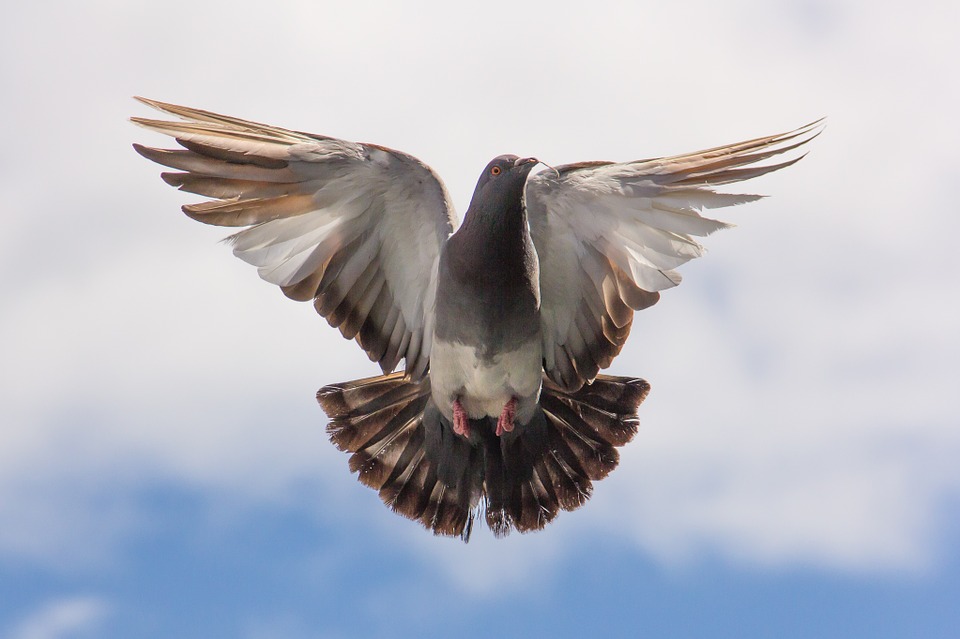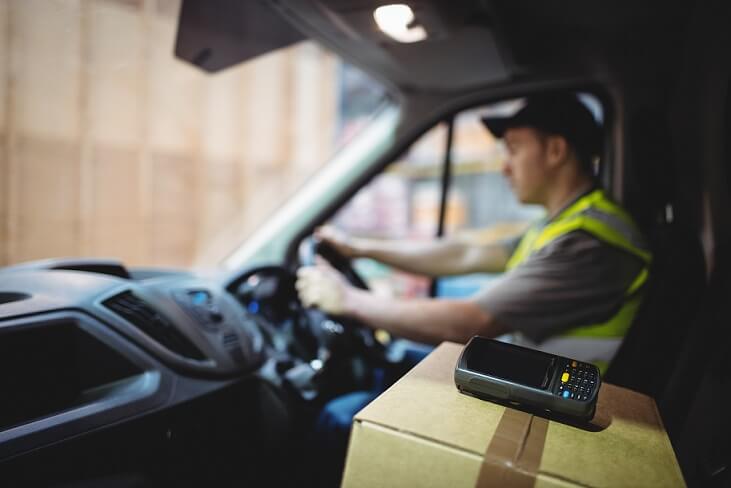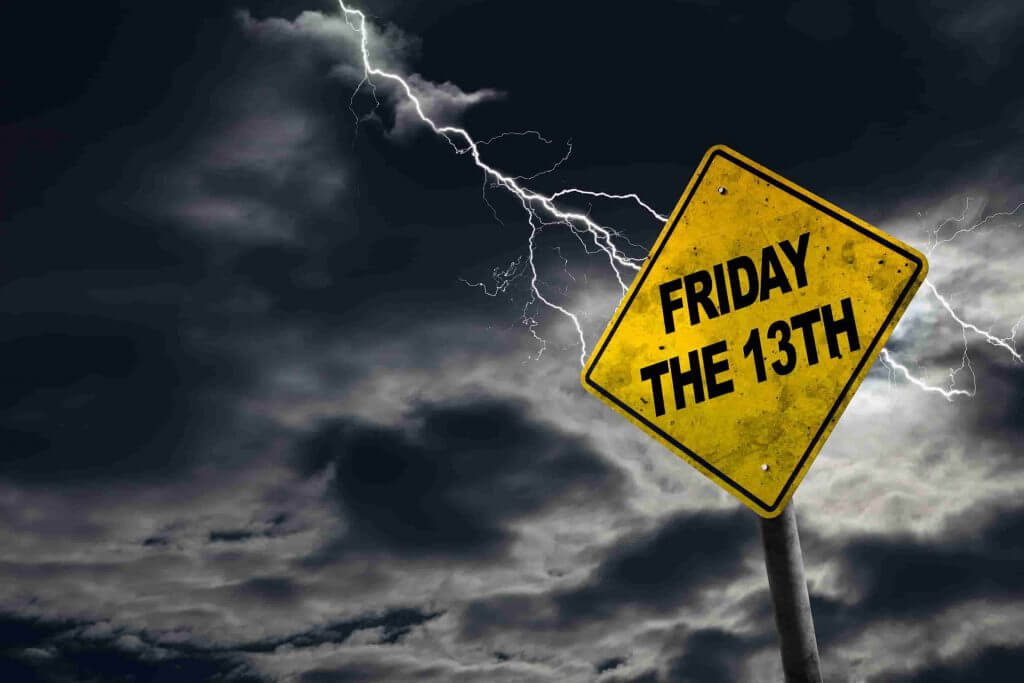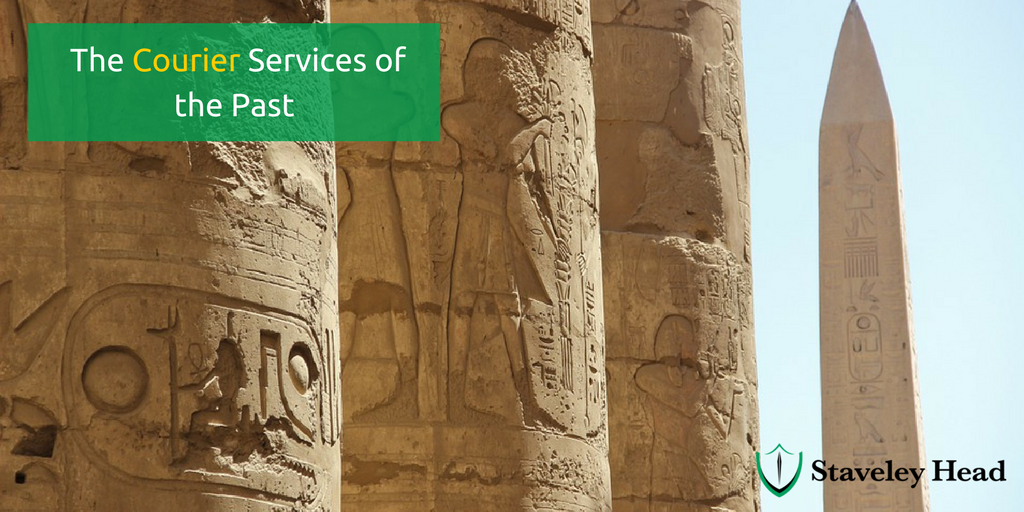So much is expected of our courier services, with next day (or even same-day) delivery and customers demanding their goods quickly and efficiently. But this hasn’t always been the case; deliveries could take weeks or even months to arrive and sometimes not in the best condition. Here we’re taking a trip back in time to find out about the different courier services of the past.
As providers of courier insurance, we’re intrigued to find out about some of the ways goods and messages were transported before the use of modern technology and motor vehicles.
Running
One of the earliest and most basic ways of delivering a message or parcel was by runner, after all the word ‘courier’ does come from the Latin ‘curre’ which means run. It’s thought that the first organised courier services date back to 2400 BC, when runners were used in Ancient Egypt to deliver messages to rulers of neighbouring countries.
Other examples of runners being used as couriers can be found in Ancient Greece. One of the most famous couriers in history is Philippides. According to myth, after fighting in the Battle of Marathon (490 BC) Philippides ran 26 miles to Athens to deliver a message to his fellow Greeks, telling them of the victory over the Persian army and warning them of another possible attack, before collapsing and dying. His memory has lived on however in the Olympic Marathon race. Jog anyone?
Horses
Image source: Bureau of Land Management on Flickr
Horses have been widely used to deliver goods and messages throughout history. The use of horses opened up opportunities for deliveries to be made long distance, and by the 16th Century the beginnings of a widespread courier service in Europe was starting to develop.
In North America horses were used on the famous Pony Express during the 1860s. This service ran over 2000 miles as a relay network, starting in Missouri and finishing on the West Coast. Deliveries would usually take about 10 days to be made, this may seem like a long time now, but back then many thought this would be impossible.
Camels
Camels have also played an important role in the courier industry’s past; from the 1860s to the 1930s they were a key part of Australia’s courier network. Camels were used as one of the main forms of transport in the Australian outback before the building of railways and roads and the introduction of the Overland Telegraph.
Homing Pigeons
Pigeons have been used to deliver messages from as early as Persian times, and have played an important role in the war. During World War I and World War II, homing pigeons were used to carry messages behind the lines. Of the 53 animals awarded the Dicken Medal (awarded to animals that had shown bravery and devotion to duty) in World War II, 32 were pigeons.
One of the most extraordinary tales of bravery by a pigeon is that of Cher Ami. During World War I a group of 200 American troops had become surrounded by German soldiers and coming under friendly fire from their fellow Americans, who didn’t know their location. Two homing pigeons were sent out asking for help but were shot down. A final pigeon named Cher Ami was released. He came under fire and flew 25 miles in 25 minutes through a rain of bullets, back to the Allies. When he had arrived he had been shot in the breast, was blinded and lost a leg. The message he was carrying was able to save the 200 men as the friendly fire stopped allowing them to escape the surrounding enemy.
What do you think of the courier services of the past? Join the conversation on Facebook and Twitter.
